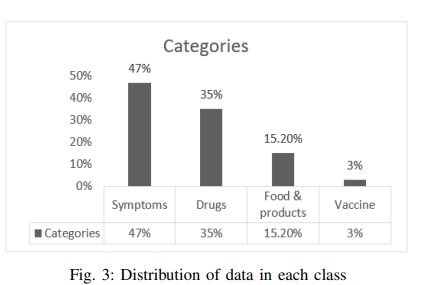
Intelligent Arabic-Based Healthcare Assistant
Text classification has been one of the most common natural language processing (NLP) objectives in recent years. Compared to other languages, this mission with Arabic is relatively restricted and in its early stages, and this combination in the medical application area is rare. This paper builds an Arabic health care assistant, specifically a pediatrician that supports Arabic dialects, especially Egyptian accents. The proposed application is a chatbot based on Artificial Intelligence (AI) models after experimenting with Two Bidirectional Encoder Representations from Transformers (BERT) models
Comparative 16S Metabarcoding of Nile Tilapia Gut Microbiota from the Northern Lakes of Egypt
Nile tilapia, Oreochromis niloticus, is the principal fish bred in Egypt. A pilot study was designed to analyze the bacterial composition of the Nile tilapia fish guts from two saltwater lakes in Northern Egypt. Fish samples were obtained from two Delta lakes: Manzala (ML) and Borollus (BL). DNA was extracted, and the bacterial communities in the stomach content were classified (down to the species level) using the 16S rRNA-based analysis. From the two metagenomics libraries in this study, 1,426,740 reads of the amplicon sequence corresponding to 508 total taxonomic operational units were
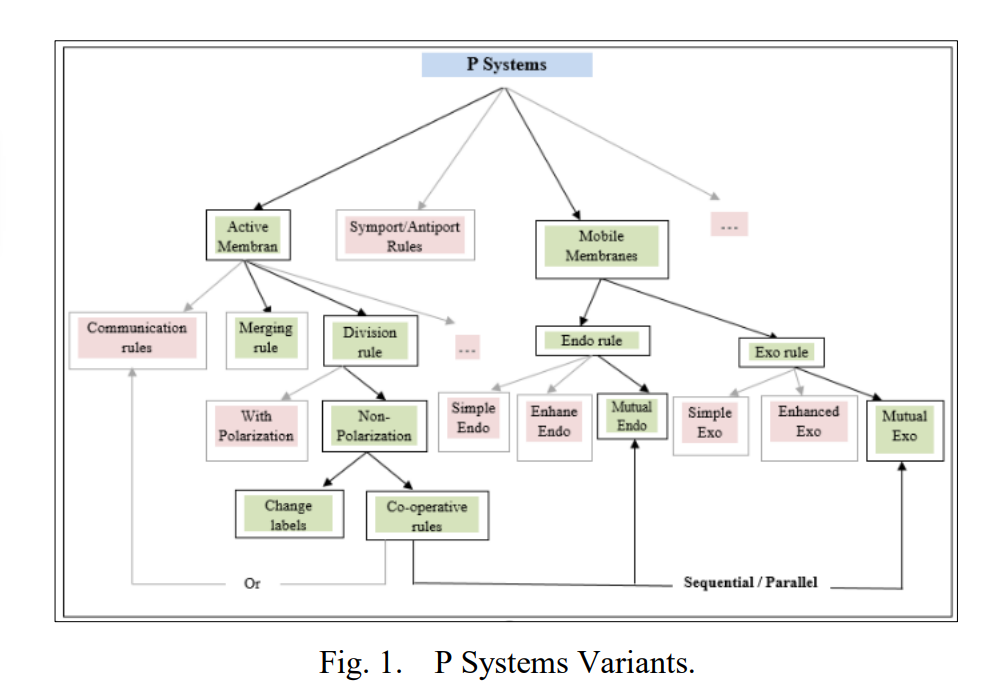
P Systems Implementation: A Model of Computing for Biological Mitochondrial Rules using Object Oriented Programming
Membrane computing is a computational framework that depends on the behavior and structure of living cells. P systems are arising from the biological processes which occur in the living cells’ organelles in a non-deterministic and maximally parallel manner. This paper aims to build a powerful computational model that combines the rules of active and mobile membranes, called Mutual Dynamic Membranes (MDM). The proposed model will describe the biological mechanisms of the metabolic regulation of mitochondrial dynamics made by mitochondrial membranes. The behaviors of the proposed model regulate
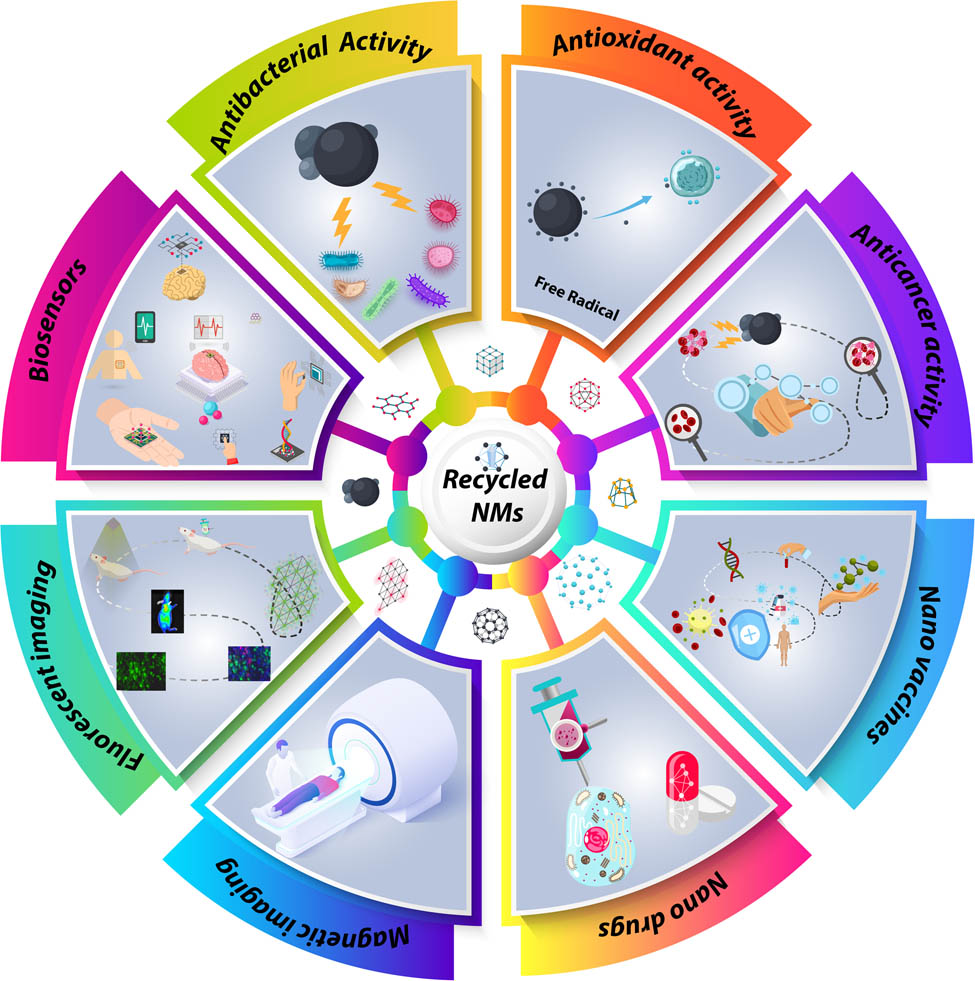
Recent advances in waste-recycled nanomaterials for biomedical applications: Waste-to-wealth
Global overpopulation, industrial expansion, and urbanization have generated massive amounts of wastes. This is considered as a significant worldwide challenge that requires an urgent solution. Additionally, remarkable advances in the field of biomedicine have impacted the entire spectrum of healthcare and medicine. This has paved the way for further refining of the outcomes of biomedical strategies toward early detection and treatment of different diseases. Various nanomaterials (NMs) have been dedicated to different biomedical applications including drug delivery, vaccinations, imaging
Detection of cardiac function abnormality from MRI images using normalized wall thickness temporal patterns
Purpose. To develop a method for identifying abnormal myocardial function based on studying the normalized wall motion pattern during the cardiac cycle. Methods. The temporal pattern of the normalized myocardial wall thickness is used as a feature vector to assess the cardiac wall motion abnormality. Principal component analysis is used to reduce the feature dimensionality and the maximum likelihood method is used to differentiate between normal and abnormal features. The proposed method was applied on a dataset of 27 cases from normal subjects and patients. Results. The developed method

An efficient fat suppression technique for stimulated-echo based CMR
[No abstract available]
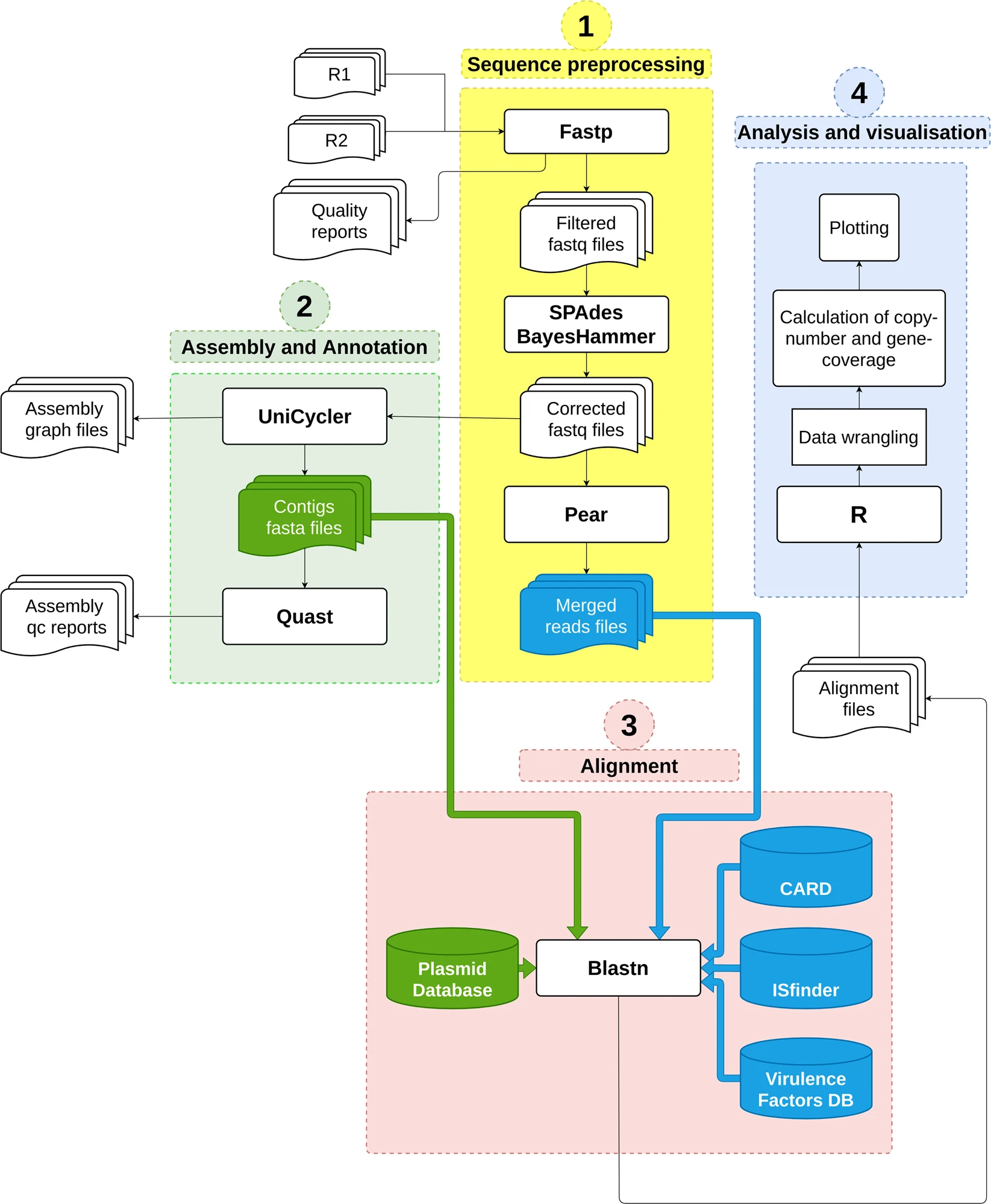
Genotypic characterization of multiple drug resistant Escherichia coli isolates from a pediatric cancer hospital in Egypt
Infection with multiple drug resistant (MDR) Escherichia coli poses a life threat to immunocompromised pediatric cancer patients. Our aim is to genotypically characterize the plasmids harbored in MDR E. coli isolates recovered from bacteremic patients of Children’s Cancer Hospital in Egypt 57357 (CCHE 57357). In this study, 21 carbapenem-resistant E. coli (CRE) isolates were selected that exhibit Quinolones and Aminoglycosides resistance. Plasmid shot-gun sequencing was performed using Illumina next- generation sequencing platform. Isolates demonstrated resistant to all beta-lactams
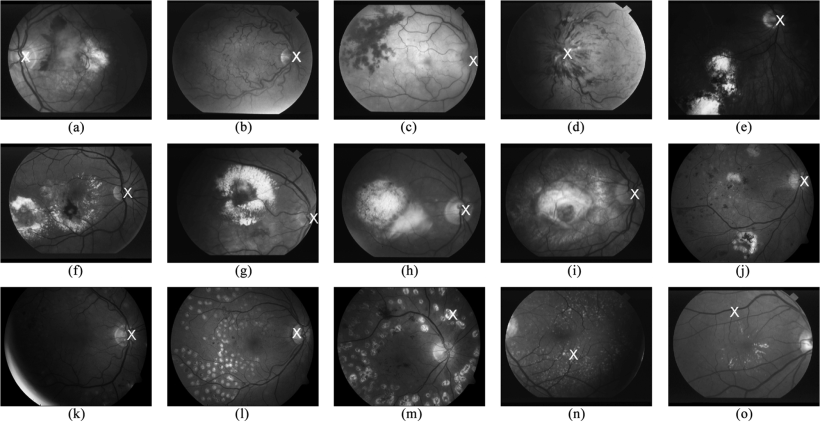
Fast localization of the optic disc using projection of image features
Optic Disc (OD) localization is an important pre-processing step that significantly simplifies subsequent segmentation of the OD and other retinal structures. Current OD localization techniques suffer from impractically-high computation times (few minutes per image). In this work, we present a fast technique that requires less than a second to localize the OD. The technique is based upon obtaining two projections of certain image features that encode the x- and y- coordinates of the OD. The resulting 1-D projections are then searched to determine the location of the OD. This avoids searching
Comparison study of digital forensics analysis techniques
Recently, digital forensics analysis got a great attention in IT security. This is especially after cyber incidents are getting new form of organized crime which introduced Advanced Persistent Threats (APT), and hacking Kill Chain definitions. The threat intense rises when it is affecting the healthcare organization where it will be life-threatening. Handling such incidents is a great challenge for handlers to uncover the attack steps. With various sources of evidential data that require analysis, one analysis technique can be more beneficial than another, comparing to the time and resources
Cluster Head election in Wireless Sensor Networks
Wireless Sensor Networks (WSNs) consist of a collection of cheap, easy to deploy Sensor nodes arranged together to fulfill a specific purpose (monitoring, tracking...etc.). A WSN network is composed of a Base Station (BS) and collection of sensors. There are a lot of approaches for the network construction. Amongst them is the hierarchical structure, where the network is divided into clusters and the node inside this cluster communicates with BS through a chosen leader called Cluster Head (CH). In this paper, we present cluster-Head election algorithms for WSNs. We will discuss the operations
Pagination
- Page 1
- Next page ››
